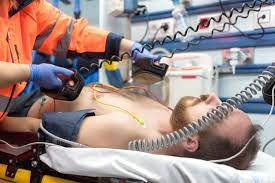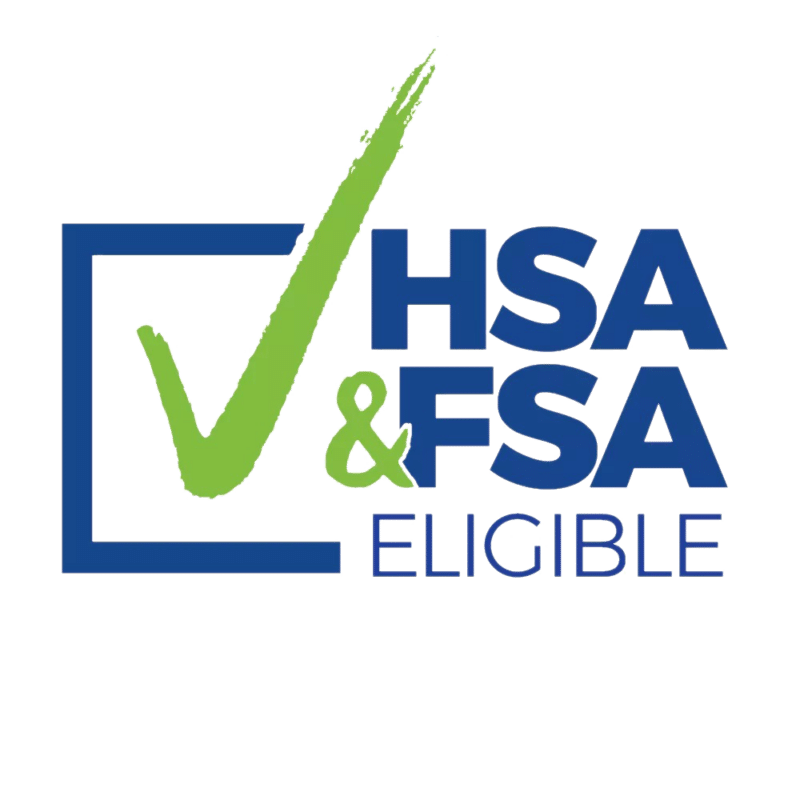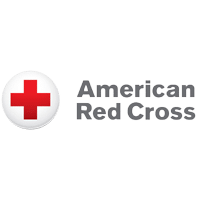No products in the cart.
AED's
Types of Defibrillator – Overview & Uses
Defibrillators are essential medical devices used to treat sudden cardiac arrest (SCA) by delivering a controlled electric shock to the heart. This shock helps to restore the heart’s normal rhythm and prevent permanent damage to the brain and other vital organs. There are several types available, each designed for specific applications and settings.
In this blog post, we will provide an overview of the different types of defibrillators and their uses.
Types of Defibrillators
The five main types:
- Automated External Defibrillators (AEDs)
- Manual Defibrillators
- Implantable Cardioverter Defibrillators (ICDs)
- Wearable Cardioverter Defibrillators (WCDs)
- Transvenous Defibrillators
Each unique type works in varying conditions. Together, each device works as a toolbox of emergency response tools that save countless lives.
1. Automated External Defibrillators (AEDs)

AEDs are portable devices designed for use by bystanders or first responders in the event of a sudden cardiac arrest. They are programmed to analyse the heart’s rhythm and deliver a shock if necessary. AEDs are designed to be user-friendly, with clear instructions and voice prompts that guide the user through the process. They are commonly found in public places such as airports, shopping malls, and sports facilities.
2. Manual Defibrillators

Manual defibrillators are typically used by healthcare professionals in hospital settings or by trained emergency medical personnel. These devices must allow the user to manually analyse the heart’s rhythm and decide when to deliver the shock. They offer more control and flexibility compared to AEDs, allowing healthcare providers to adjust the energy level and timing of the shock based on the patient’s specific needs.
3. Implantable Cardioverter Defibrillators (ICDs)

Implantable Cardioverter Defibrillators (ICDs) are small devices surgically implanted under the skin, usually below the collarbone. They are connected to the heart using thin wires called leads. ICDs continuously check the heart’s rhythm and automatically deliver a shock if they detect a life-threatening abnormal rhythm. ICDs are primarily used in patients at high risk of sudden cardiac arrest due to underlying heart conditions.
4. Wearable Cardioverter Defibrillators (WCDs)

Wearable Cardioverter Defibrillators (WCDs) are designed for patients who are at risk of sudden cardiac arrest but are not candidates for an ICD or are waiting for an ICD implantation. The WCD is worn like a vest and continuously monitors the patient’s heart rhythm. If it detects a life-threatening abnormal rhythm, it delivers a shock to restore normal heart function. WCDs are typically used as a temporary measure until a more permanent solution, such as an ICD, can be implemented.
5. Transvenous Defibrillators

Transvenous are like ICDs but are designed for temporary use. They are inserted into a vein and threaded into the heart using a catheter. They often used in hospital settings to treat patients with life-threatening arrhythmias or to bridge the gap until a permanent ICD can be implanted.
Uses of Defibrillators
Defibrillators are used to treat sudden cardiac arrest. A condition in which the heart suddenly stops pumping blood effectively. This can occur due to various underlying heart conditions, such as ventricular fibrillation or ventricular tachycardia. Without prompt treatment, sudden cardiac arrest can lead to brain damage and death within minutes.
It work by delivering a controlled electric shock to the heart. They temporarily stop the abnormal heart rhythm and allow the heart’s natural pacemaker to regain control. This shock helps to restore the heart’s normal pumping function and prevent permanent damage to the brain and other vital organs.
The use is crucial in the chain of survival for sudden cardiac arrest. The American Heart Association recommends the following steps for responding to sudden cardiac arrest:
- Call for help and activate the emergency response system.
- Start chest compressions to maintain blood flow to the brain and other vital organs.
- Use an AED if available and follow the prompts.
- Provide advanced life support by trained healthcare professionals.
Along with high-quality CPR, is the most effective treatment for sudden cardiac arrest. Studies have shown that the chances of survival decrease by 7-10% for every minute.
Conclusion
Defibrillators play a vital role in the treatment of sudden cardiac arrest. By delivering a controlled electric shock to the heart. They help to restore normal heart rhythm and prevent permanent damage to the brain and other vital organs. There are several types of available, each designed for specific applications and settings. From portable AEDs for public use to implantable ICDs for high-risk patients.






